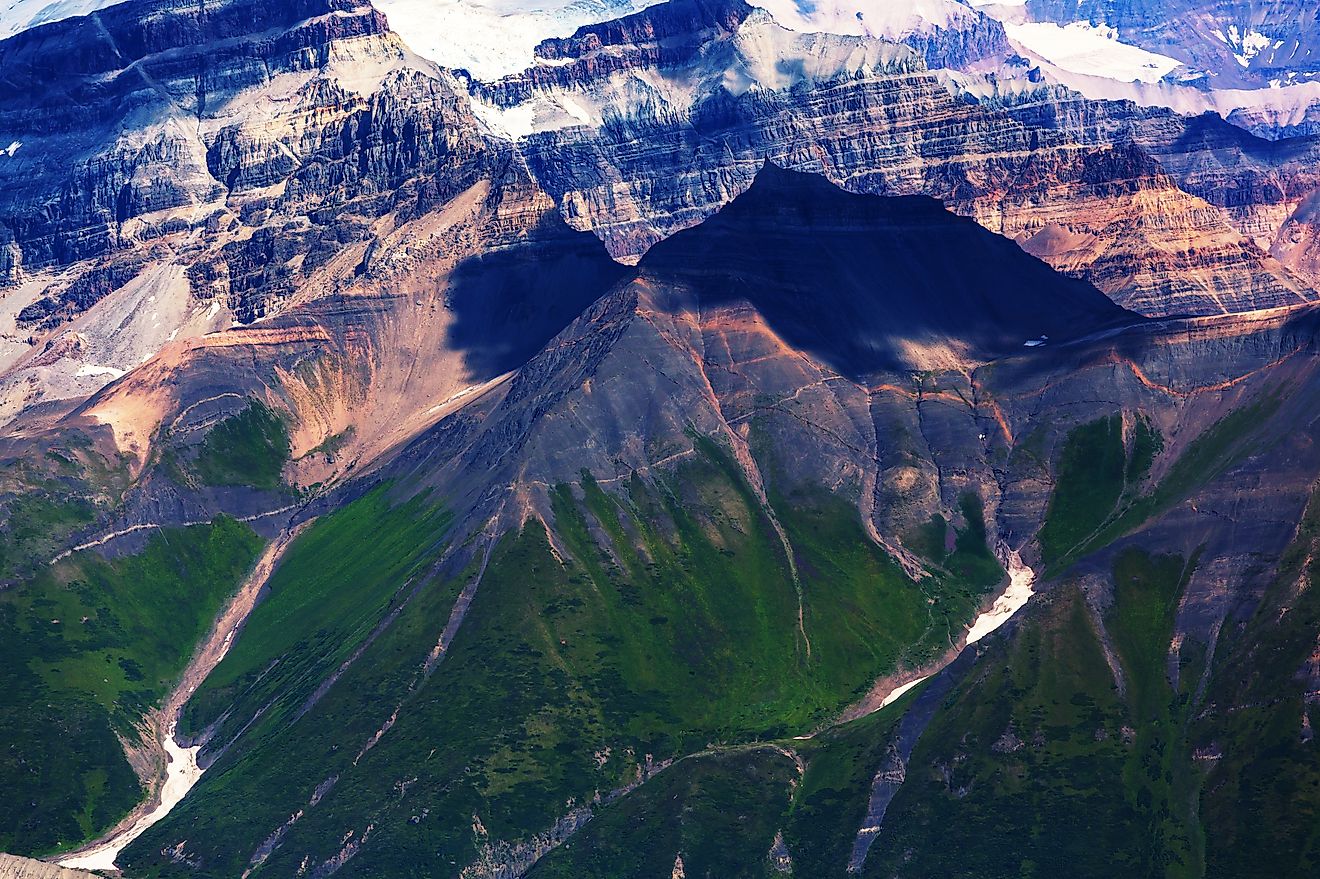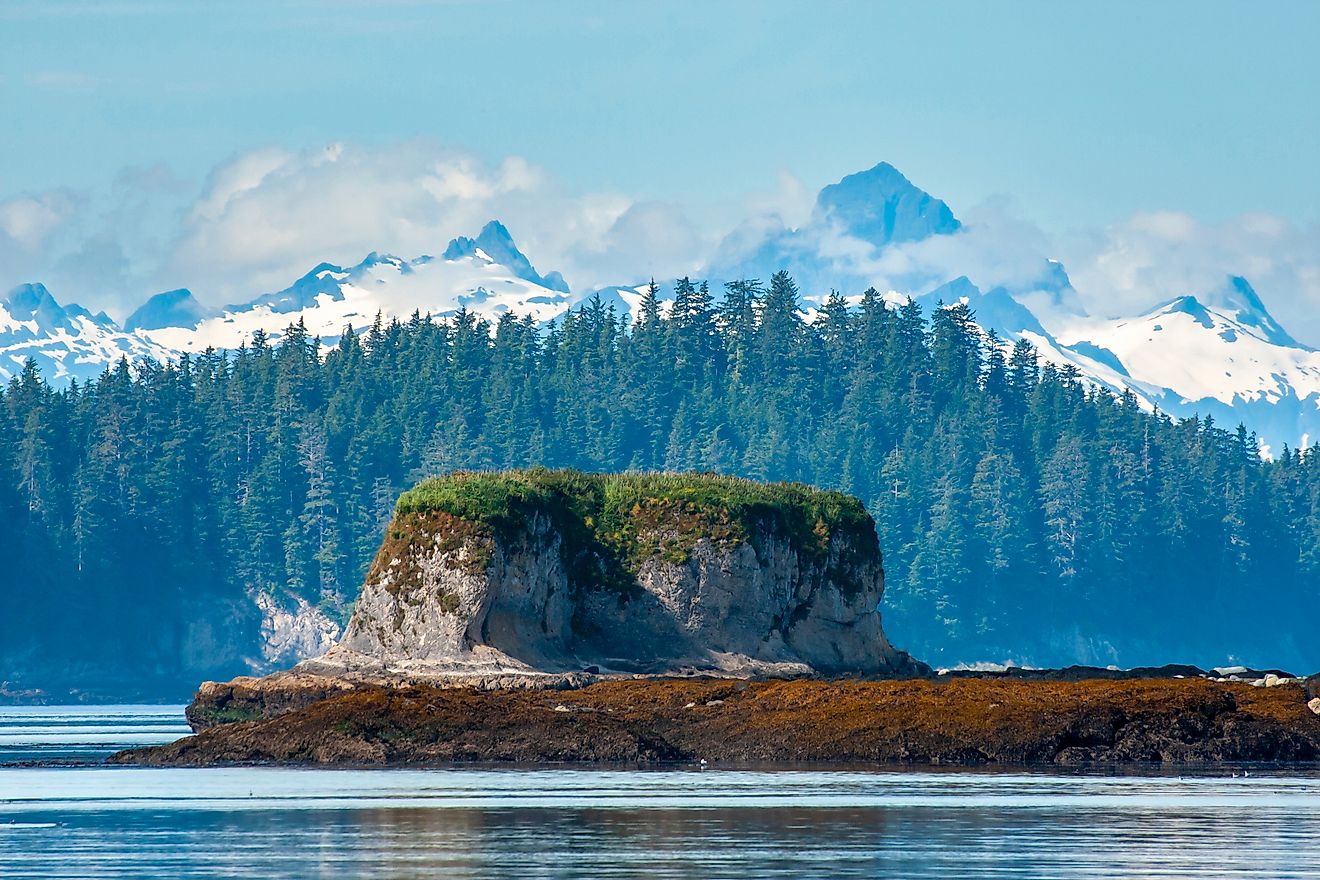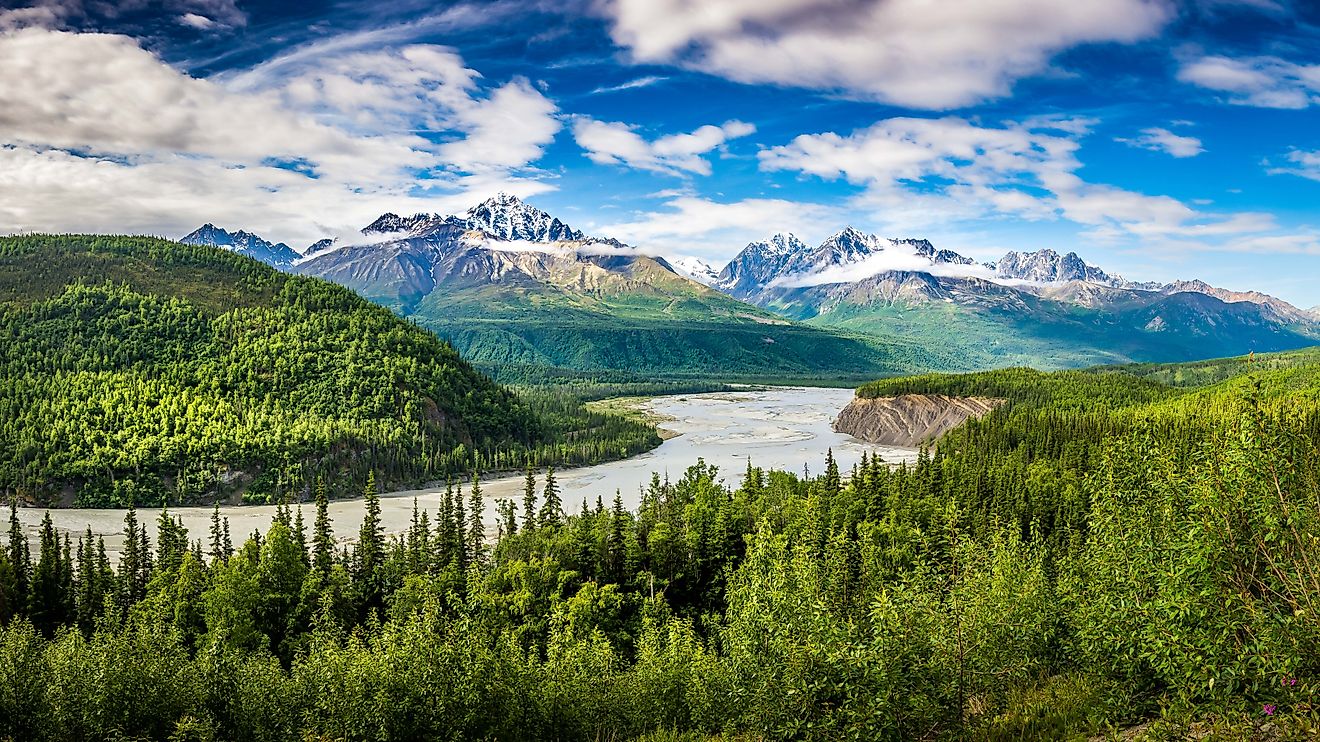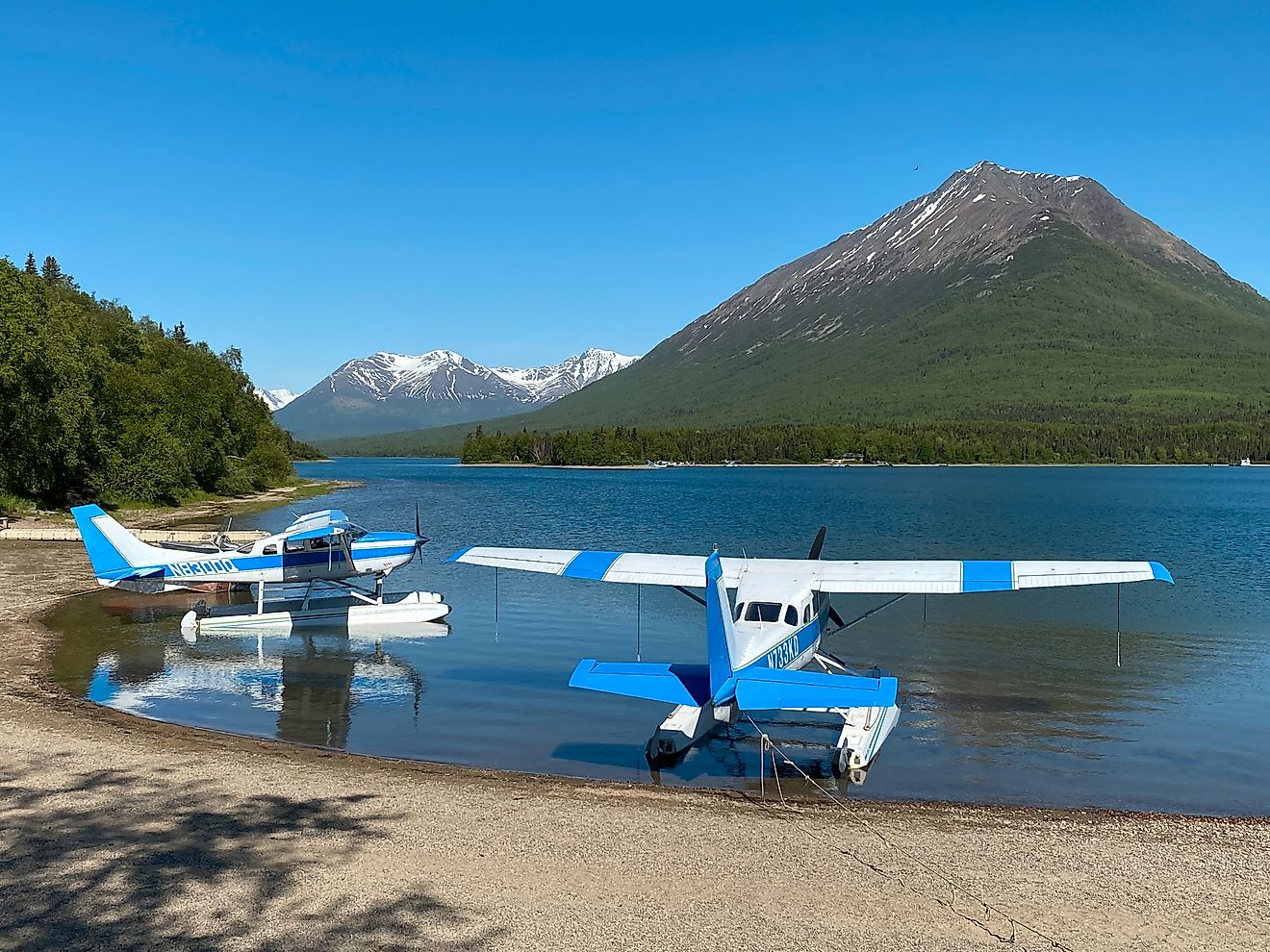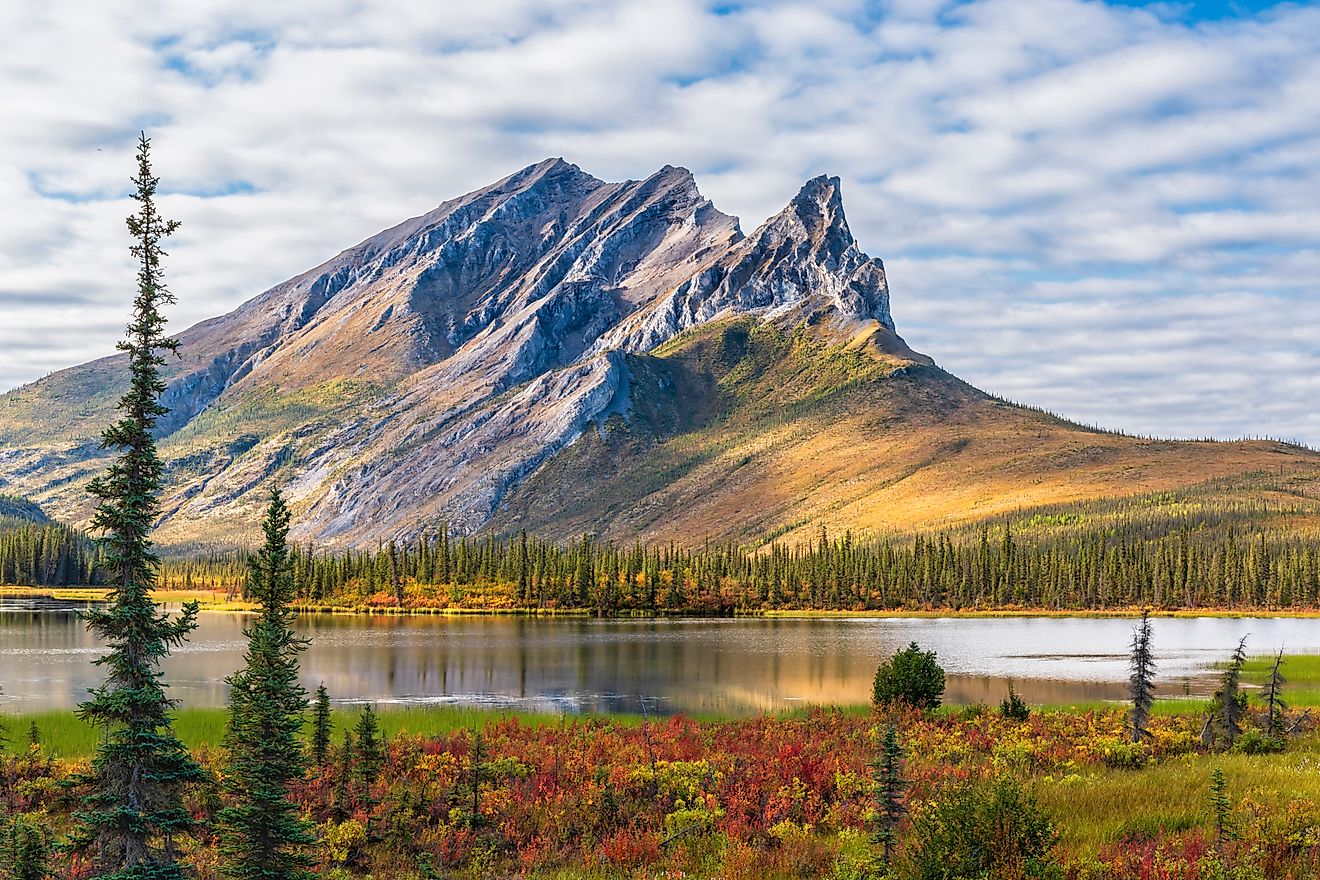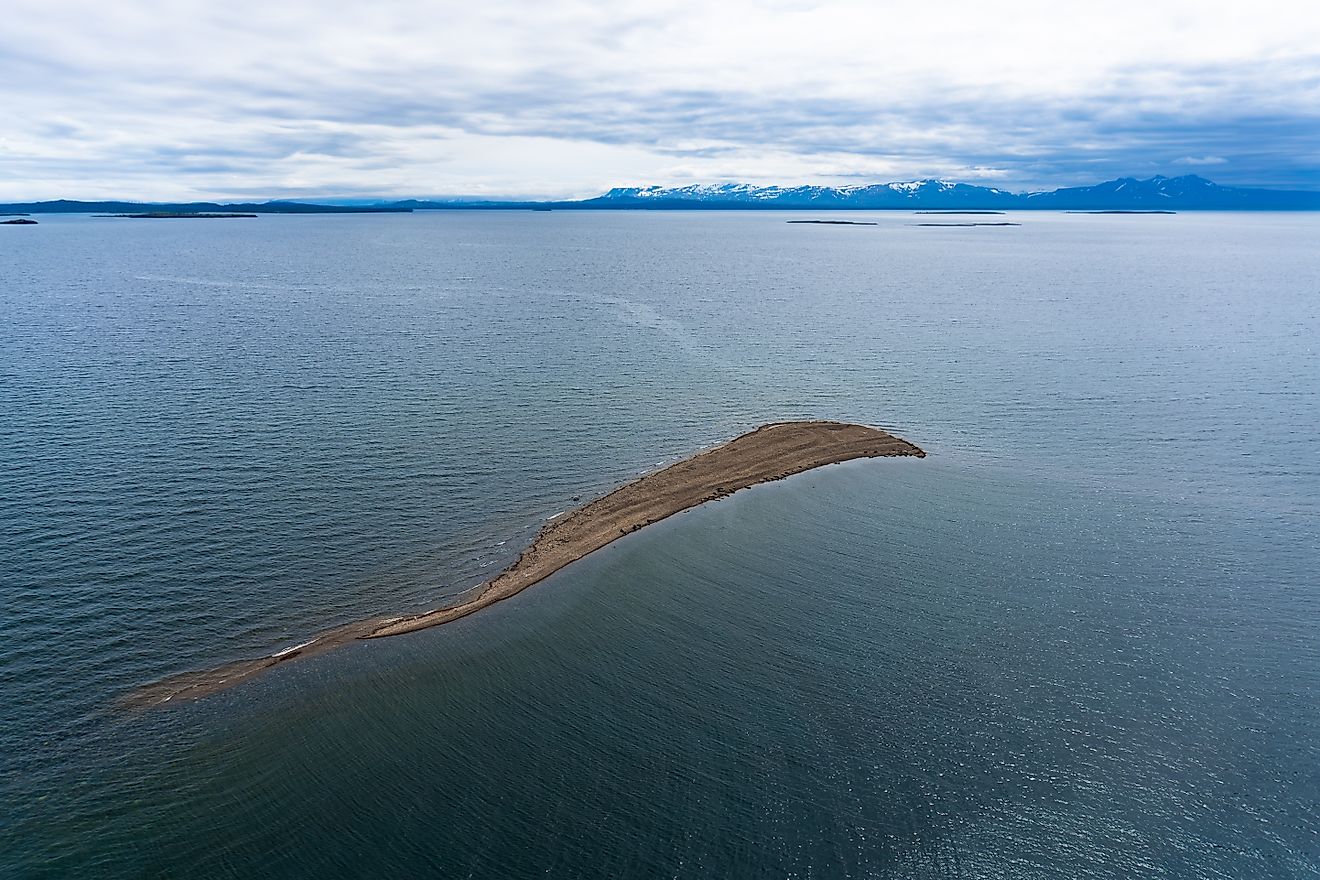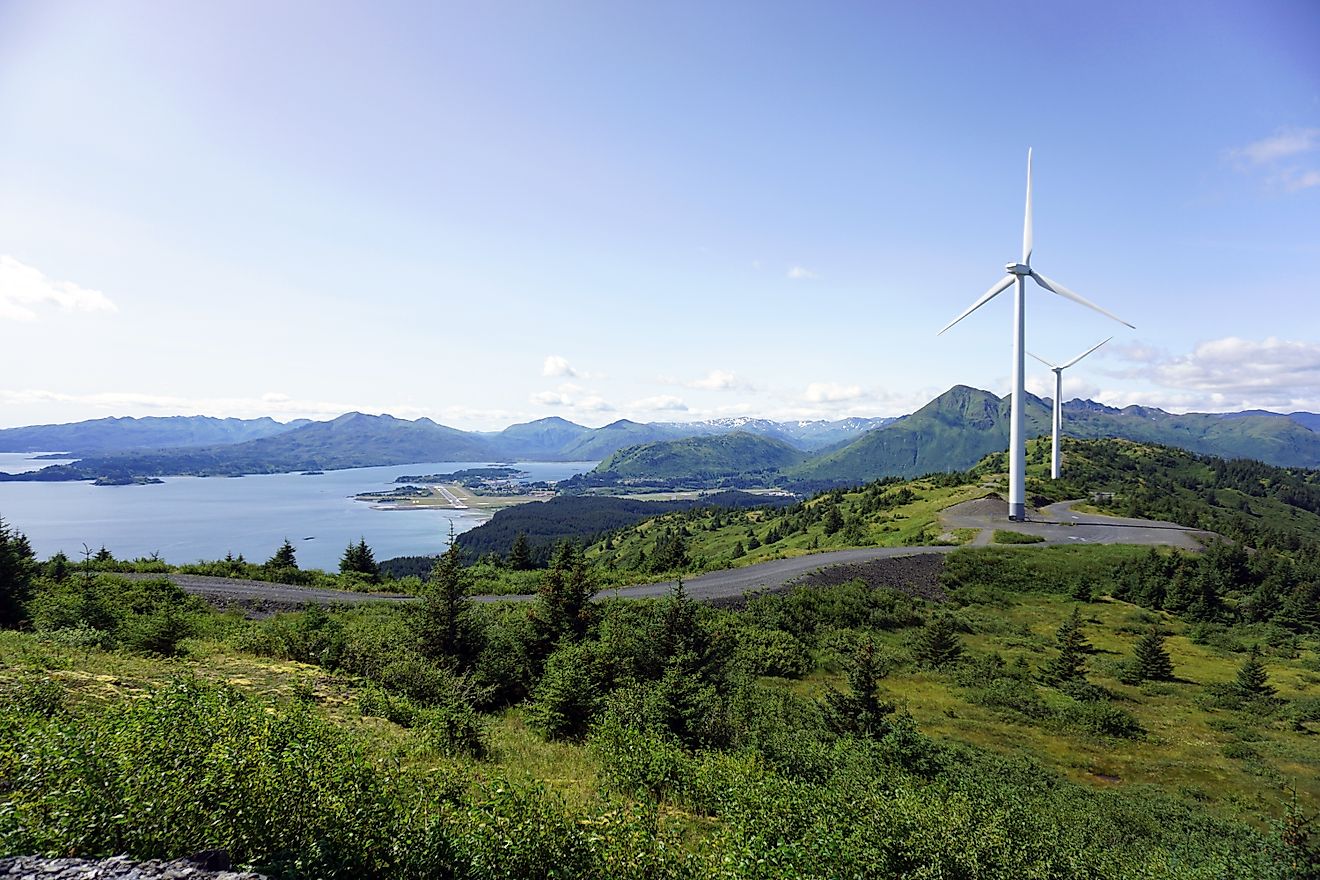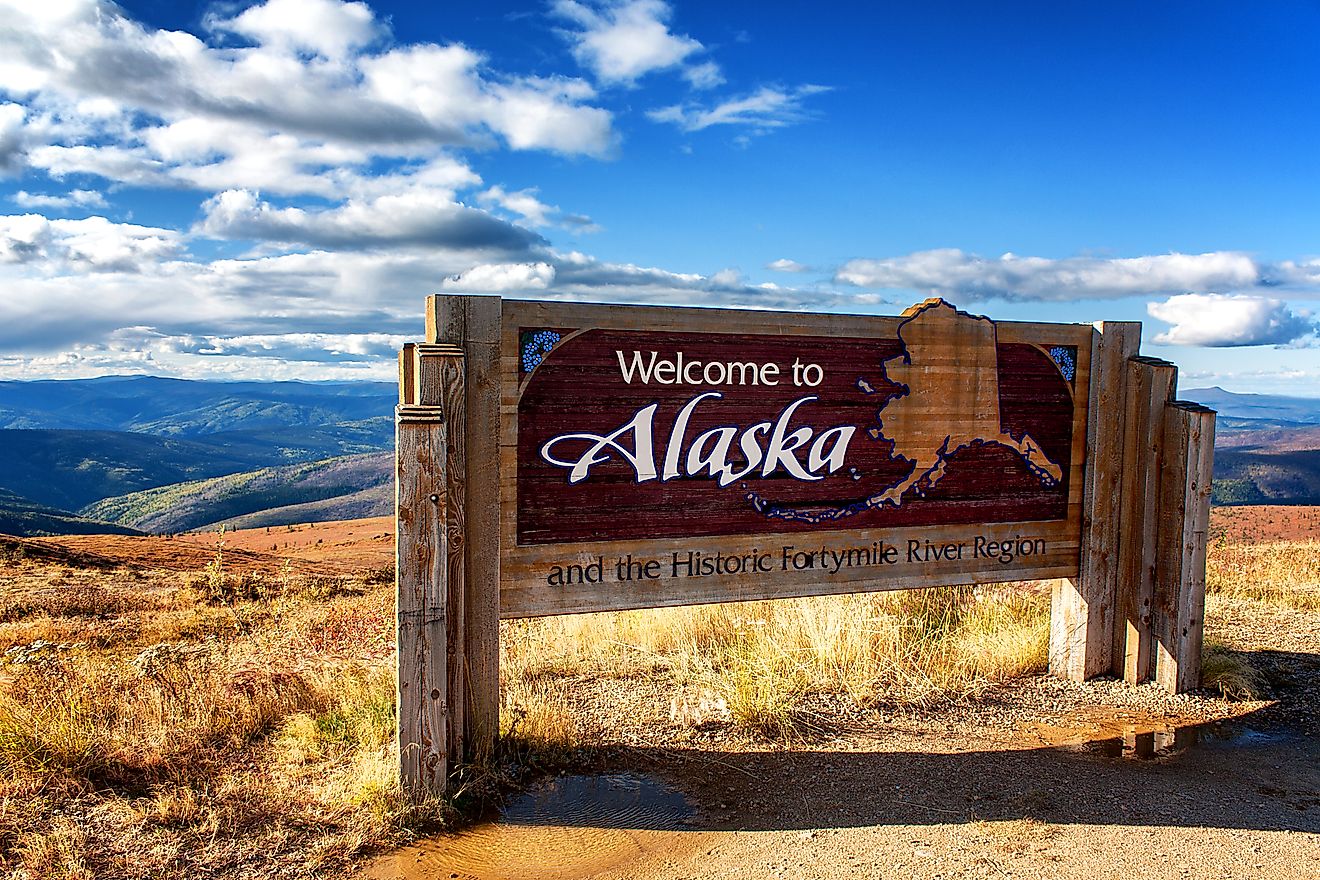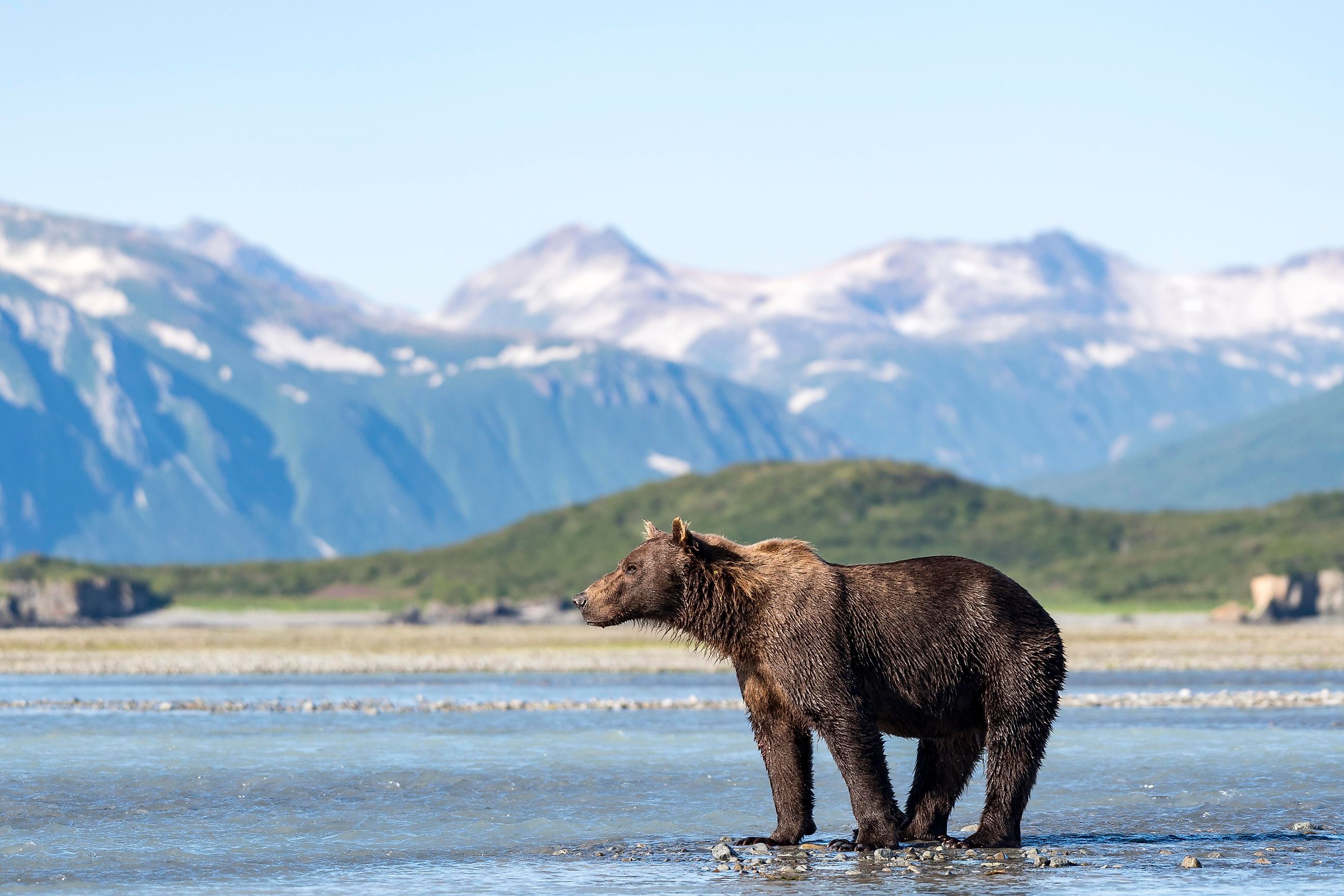
The 8 National Parks in Alaska
With more national park acreage than all other US states combined, Alaska is home to some of the most awe-inspiring wilderness areas on Earth. From glacier-choked fjords to vast Arctic tundra, the eight national parks in Alaska showcase the state’s raw beauty, Indigenous heritage, and untamed landscapes. Visiting them requires preparation, but the payoff is otherworldly. These parks offer unmatched solitude, surreal scenery, and an invitation to experience nature on its own terms.
Here’s a look at Alaska’s eight national parks, what makes each one unique, and why they deserve a spot on your travel radar.
Denali National Park and Preserve
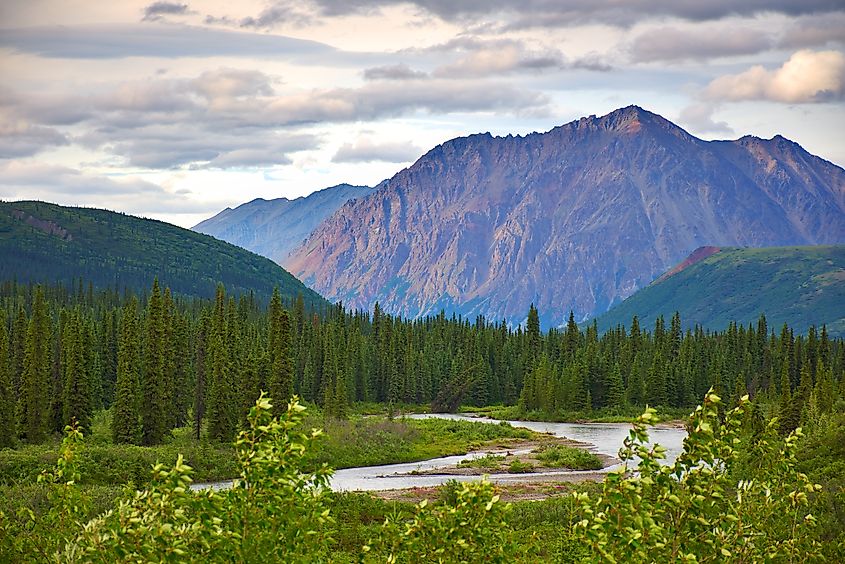
-
Location: Central Alaska, about 240 miles north of Anchorage
-
Size: 6 million acres
-
Established: 1917
-
Highlight: Denali, North America’s highest peak at 20,310 feet
Denali National Park is Alaska’s best-known and most accessible national park. At its heart towers Denali, the tallest mountain on the continent, rising dramatically above a landscape of tundra, taiga, and braided rivers. The park is home to grizzly bears, moose, caribou, wolves, and Dall sheep, earning it a reputation as one of the best wildlife viewing areas in North America.
Visitors access the park via the 92-mile Denali Park Road, but private vehicles are only allowed to mile 15. Beyond that, the Denali Park Shuttle provides access to remote regions like Toklat River and Eielson Visitor Center, weather and road conditions permitting.
Denali’s beauty is dynamic. On clear days, the mountain dominates the horizon; in stormy weather, low clouds cloak the peaks in mystery. Hiking is mostly off-trail, and visitors are encouraged to explore with Leave No Trace ethics.
Kenai Fjords National Park
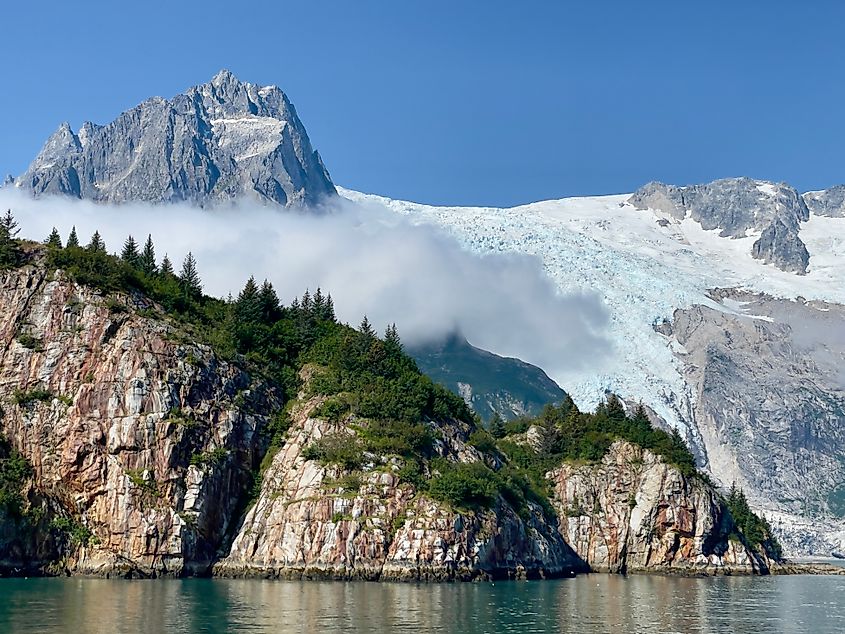
-
Location: Southcentral Alaska, near Seward
-
Size: 669,650 acres
-
Established: 1980
-
Highlight: Exit Glacier and Harding Icefield
Kenai Fjords National Park delivers Alaska’s coastal drama: tidewater glaciers, towering fjords, and a backdrop of mountain ridges. The park protects the edge of the vast Harding Icefield, which spawns nearly 40 glaciers that creep down valleys and calve into the ocean.
Most visitors start at Exit Glacier, accessible by road and hiking trails just outside Seward. The Harding Icefield Trail is a demanding 8.2-mile round-trip that offers panoramic views of the icy expanse.
Boat tours from Seward provide access to the park’s remote marine areas, where you can spot humpback whales, orcas, sea otters, puffins, and harbor seals against a backdrop of craggy cliffs and cascading waterfalls. Kayaking expeditions into Aialik Bay offer a more intimate experience of this glacial wonderland.
Glacier Bay National Park and Preserve
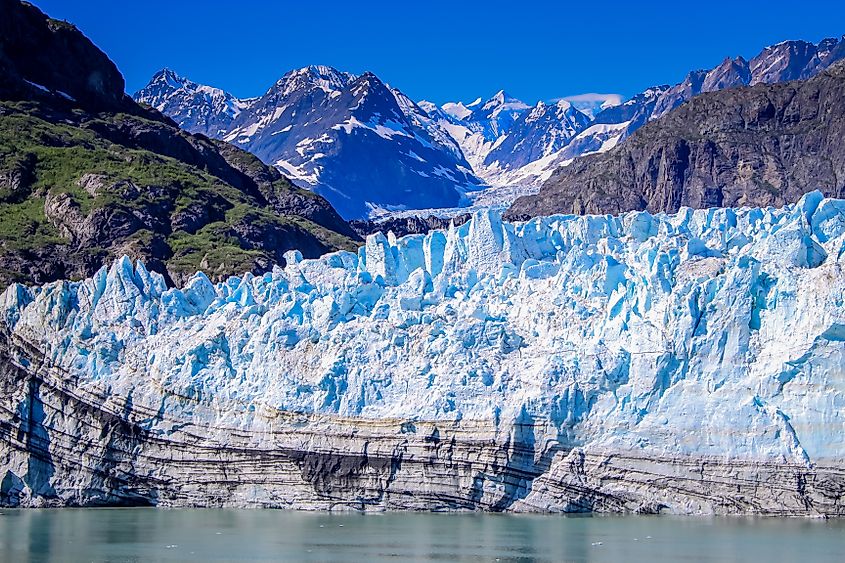
-
Location: Southeast Alaska, near Gustavus
-
Size: 3.3 million acres
-
Established: 1980 (originally a monument in 1925)
-
Highlight: Glaciers, humpback whales, and coastal rainforest
A UNESCO World Heritage Site, Glacier Bay National Park is part of a larger protected area that spans over 25 million acres. This dynamic coastal ecosystem features tidewater glaciers, mountain fjords, and temperate rainforests teeming with wildlife.
Most visitors arrive via cruise ship or air taxi from Juneau. Bartlett Cove is the park’s headquarters and gateway to kayaking, hiking, and ranger-led programs. The Johns Hopkins Glacier, Margerie Glacier, and Lamplugh Glacier are among the park’s most famous features, often seen calving massive chunks of ice into the bay.
Wildlife here is abundant. Expect sightings of bald eagles, sea lions, bears, and whales. Glacier Bay is also culturally important to the Huna Tlingit, who have lived in the region for centuries.
Katmai National Park and Preserve
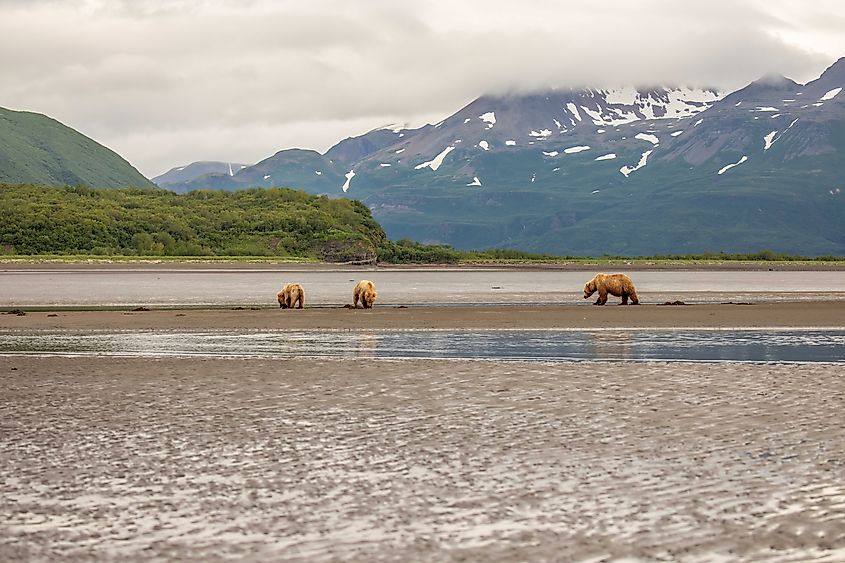
-
Location: Southwest Alaska, west of Kodiak Island
-
Size: 4.1 million acres
-
Established: 1980 (originally a monument in 1918)
-
Highlight: Brown bears fishing at Brooks Falls
Katmai is world-famous for its brown bears, especially those that gather at Brooks Falls to catch salmon mid-leap during summer runs. It’s also home to the Valley of Ten Thousand Smokes, a vast ash-filled valley created by the 1912 eruption of Novarupta Volcano, one of the most powerful volcanic events in recorded history.
Accessible only by plane, most visitors arrive via floatplane from King Salmon. Brooks Camp, the main visitor hub, offers ranger programs, camping, and platforms for bear viewing. Bear safety is taken seriously, and visitors receive briefings upon arrival.
Beyond the bears, Katmai offers remote wilderness adventures including backpacking, fishing, and volcano hikes. It’s an unforgettable destination for those seeking to witness raw nature in action.
Lake Clark National Park and Preserve
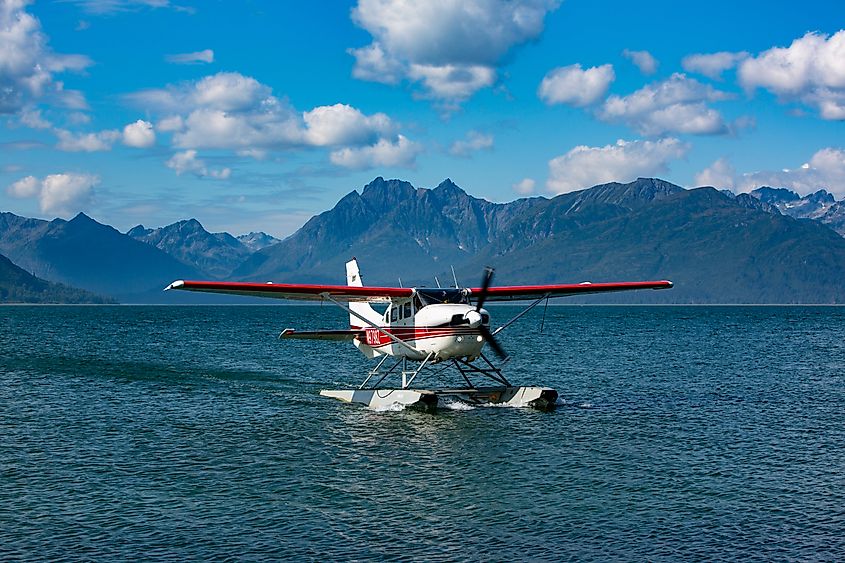
-
Location: Southwest Alaska, west of Anchorage
-
Size: 4 million acres
-
Established: 1980
-
Highlight: Turquoise lakes, salmon streams, and active volcanoes
Lake Clark National Park is often described as Alaska in miniature. It contains everything from snow-capped peaks and glaciers to volcanoes, rivers, rainforest, and tundra all packed into one breathtaking park.
The park's namesake, Lake Clark, is a long, turquoise lake surrounded by mountains and accessible only by floatplane. The Tanalian Falls Trail offers a manageable day hike with stunning views. Other adventures include paddling remote lakes, climbing Mount Redoubt or Iliamna Volcano, and spotting bears at Silver Salmon Creek.
This is a park for those seeking solitude and willing to rough it. There are no roads, and very few services, but the reward is pristine wilderness and rich Alaska Native heritage.
Wrangell–St. Elias National Park and Preserve
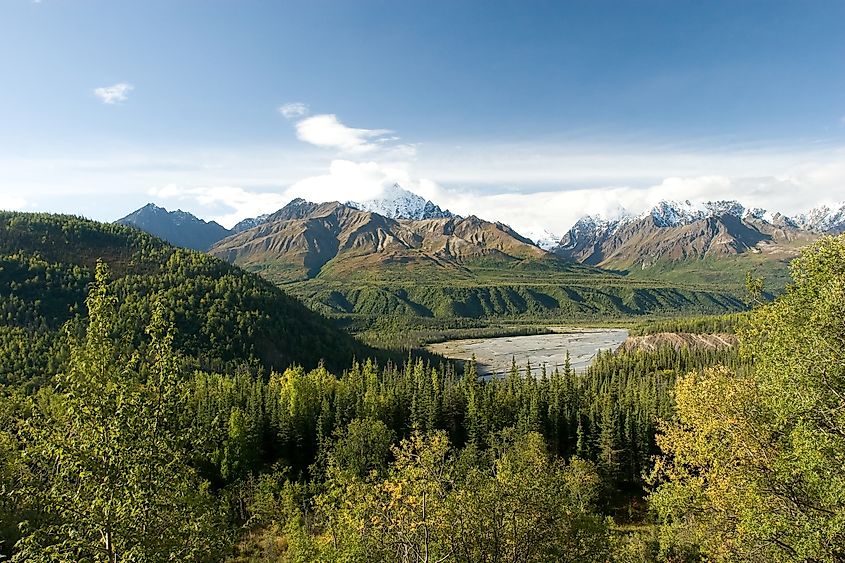
-
Location: Southcentral Alaska, near Copper Center
-
Size: 13.2 million acres (largest national park in the US)
-
Established: 1980
-
Highlight: Glaciers, 16,000-foot peaks, and historic mining towns
Bigger than Yellowstone, Yosemite, and Switzerland combined, Wrangell–St. Elias is a staggering expanse of mountains, icefields, and history. It includes nine of the 16 tallest peaks in the United States, including Mount St. Elias at 18,008 feet.
Visitors can drive into Kennecott, a restored early-20th-century copper mining town that serves as a base for hiking and glacier tours. The Root Glacier Trail is a popular trek that offers access to glacial ice just a short walk from town.
Much of the park is roadless and remote. Bush planes offer access to wilderness areas, and experienced backpackers can venture into Nabesna Road or McCarthy Road areas. The park is also part of a vast UNESCO World Heritage Site shared with Canada’s Kluane National Park.
Gates of the Arctic National Park and Preserve
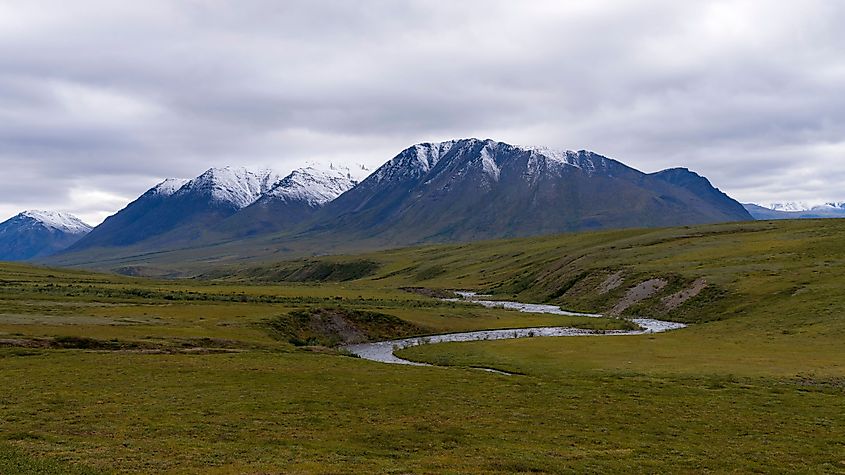
-
Location: North of the Arctic Circle
-
Size: 8.4 million acres
-
Established: 1980
-
Highlight: True wilderness with no roads or trails
For those seeking the ultimate Alaska adventure, Gates of the Arctic is as wild as it gets. There are no roads, no visitor centers, and no established trails. The park protects a massive swath of the Brooks Range, above the Arctic Circle, where rivers wind through glacier-carved valleys and caribou roam the tundra.
The park gets fewer than 10,000 visitors annually, most of whom arrive via bush plane from Bettles or Coldfoot. Backpackers, paddlers, and climbers come here to navigate untouched landscapes and connect with nature on its own terms.
The park’s name comes from explorer Bob Marshall, who was inspired by the twin peaks Frigid Crags and Boreal Mountain, which frame the Koyukuk River like a gate.
Kobuk Valley National Park
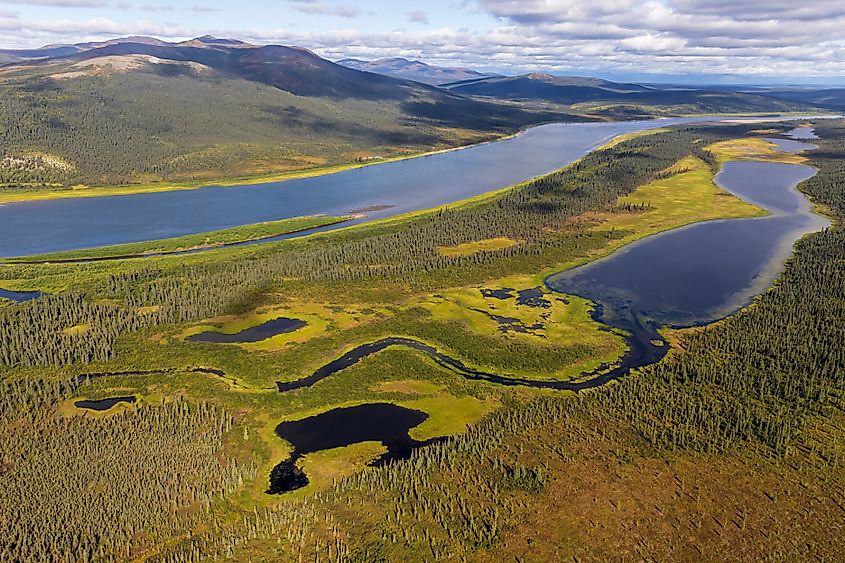
-
Location: Northwest Alaska, near Kotzebue
-
Size: 1.7 million acres
-
Established: 1980
-
Highlight: Arctic sand dunes and caribou migrations
Kobuk Valley is one of the most remote and least visited national parks in the US, with no roads or trails. But those who reach it will find something unexpected: giant sand dunes in the Arctic.
The Great Kobuk Sand Dunes rise like a desert mirage above the tundra, shaped by ancient glacial winds. Nearby, the Kobuk River winds through the boreal forest and is a major route for migrating caribou, whose crossings number in the hundreds of thousands.
Access is by chartered plane from Kotzebue or Bettles. Activities include backpacking, float trips, and cultural visits to nearby Inupiat communities, whose traditions stretch back thousands of years.
Fast Facts Chart
| Park | Year Established | Size (Acres) | Main Feature |
|---|---|---|---|
| Denali | 1917 | 6 million | Tallest peak in North America |
| Kenai Fjords | 1980 | 669,650 | Harding Icefield and Exit Glacier |
| Glacier Bay | 1980 (1925 as NM) | 3.3 million | Tidewater glaciers and marine life |
| Katmai | 1980 (1918 as NM) | 4.1 million | Brown bears and volcanic landscape |
| Lake Clark | 1980 | 4 million | Salmon streams and volcanoes |
| Wrangell–St. Elias | 1980 | 13.2 million | Tall peaks and historic mining towns |
| Gates of the Arctic | 1980 | 8.4 million | Untouched Arctic wilderness |
| Kobuk Valley | 1980 | 1.7 million | Arctic sand dunes and caribou herds |
Planning Your Trip
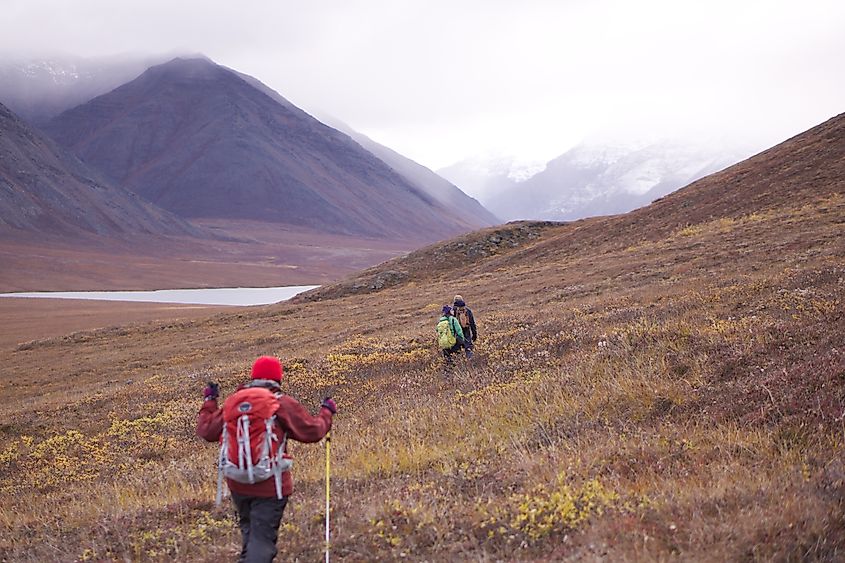
Visiting Alaska’s national parks is not like visiting those in the Lower 48. Most require air travel, logistics planning, and wilderness preparedness. Weather can change rapidly, wildlife encounters are common, and cell service is rare.
That said, Alaska’s national parks offer unparalleled opportunities for adventure, cultural exploration, and natural beauty. Whether you're cruising Glacier Bay, hiking through Denali, or paddling a glacial river in Wrangell–St. Elias, you’ll find yourself humbled by the scale and splendor of this untamed frontier.
Frequently Asked Questions
Which is the most visited national park in Alaska?
Denali National Park sees the highest number of visitors, thanks to road access and its proximity to Fairbanks and Anchorage.
Can you drive to any of the Alaska national parks?
Yes, Denali and Wrangell–St. Elias (via Nabesna and McCarthy Roads) are the most accessible by car. The others require plane or boat travel.
When is the best time to visit?
Most parks are only accessible from June through September. Summer offers the best weather, wildlife viewing, and daylight.
Are Alaska’s national parks expensive to visit?
While many parks have no entry fee, transportation costs (especially flights) can add up. Consider group tours or ranger-guided programs for budget-friendly options.
